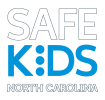Car Seats: Am I using the right one?
Follow these recommendations* to keep kids as safe as possible when riding in a car. If you have questions or if you need help installing and using your car seat or booster seat, visit a Permanent Car Seat Checking Station in your community.
Keep kids rear-facing as long as possible.
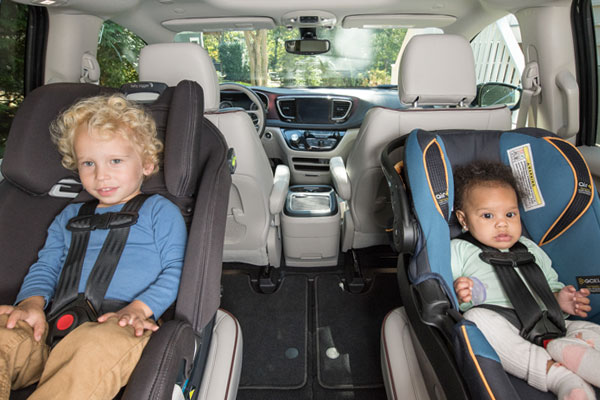
- Kids should ride rear-facing as long as possible.
- Rear-facing convertible car seats can be used for both infants and toddlers.
- Rear-facing car seats should never be used in front of an airbag.
- Check the car seat labels for height and weight requirements.
Why should kids stay rear-facing?
- Young kids are safer when rear-facing.
- Rear-facing car seats protect your child’s neck and spine.
Use forward-facing car seats with harnesses for as long as possible.
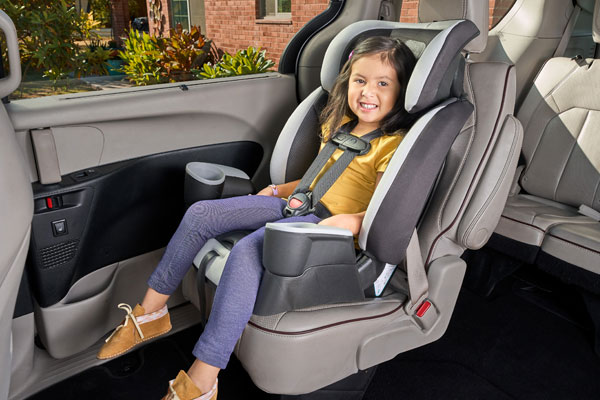
- When kids reach the upper rear-facing limits, they should switch to a forward-facing car seat with a harness.
- Don’t switch to forward-facing too soon.
- Be sure to use the top tether.
- Check the car seat labels for age, height, and weight requirements.
Why should kids use a car seat with a harness?
- The car seat harness keeps kids in the safest position.
- The harness spreads crash forces out over the strongest parts of the body.
- The top tether keeps the car seat from moving too far forward in a crash.
Use booster seats until the seat belt fits on its own.
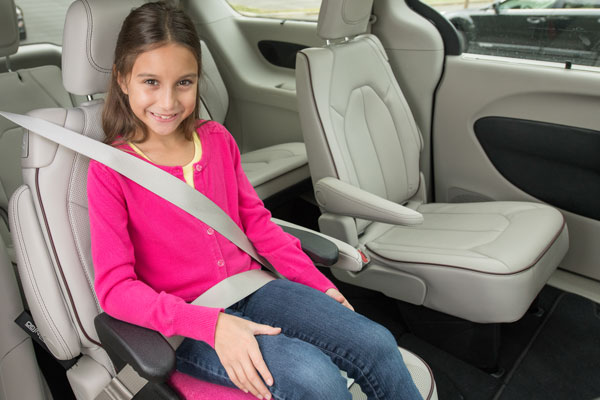
- Kids should ride in a forward-facing car seat with a harness until they are big enough AND mature enough to ride in a booster seat.
- Many kids need booster seats well past the age of 8.
- Check the booster seat labels for age, height, and weight requirements.
Why is a booster seat important?
- Seat belts are designed to fit adults. Booster seats position kids so the seat belt fits properly – lap belt low on hips and shoulder belt across the collarbone.
- Kids can be seriously injured if the lap belt is too high on the stomach.
- If the shoulder belt is under the arm or behind the back it can’t do its job.
Older children should use seat belts all the time.
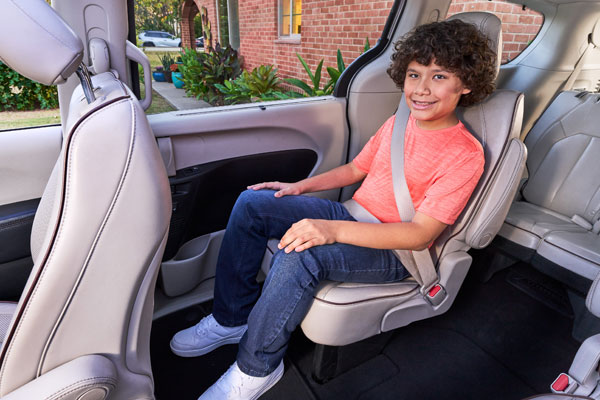
- Kids should stay in a booster seat until the seat belt fits properly on its own.
- A seat belt fits properly when the lap belt sits low on the hips (not the stomach) and the shoulder belt crosses over the collarbone.
- Kids should ride in the back seat until they are 13 years old.
Why are seat belts important?
- Seat belts spread crash forces over the strongest parts of the body.
- In a crash, a seat belt will keep you in your seat.
- If the shoulder belt is under the arm or behind the back it can’t do its job.
*Based on American Academy of Pediatrics best practice recommendations


